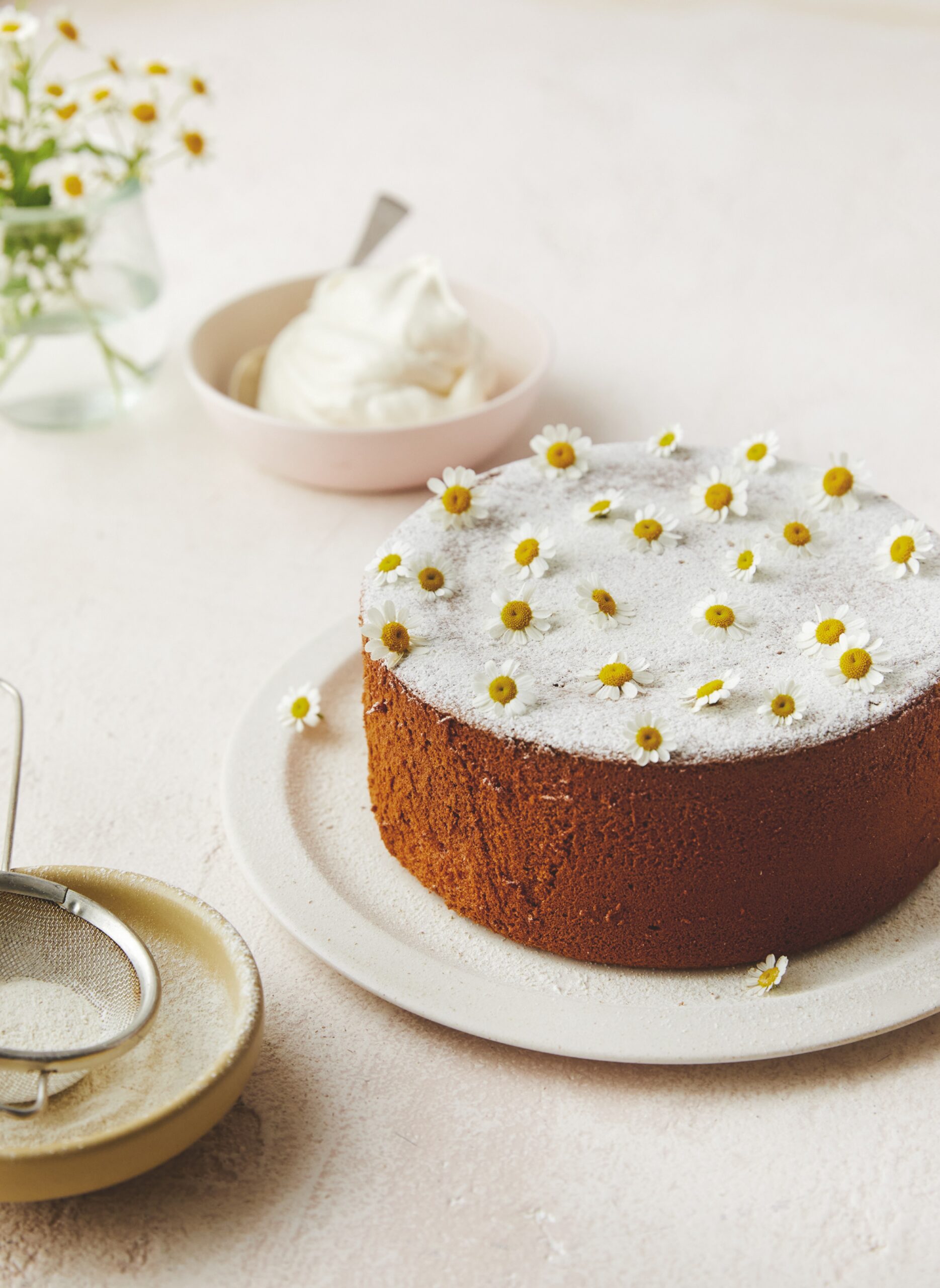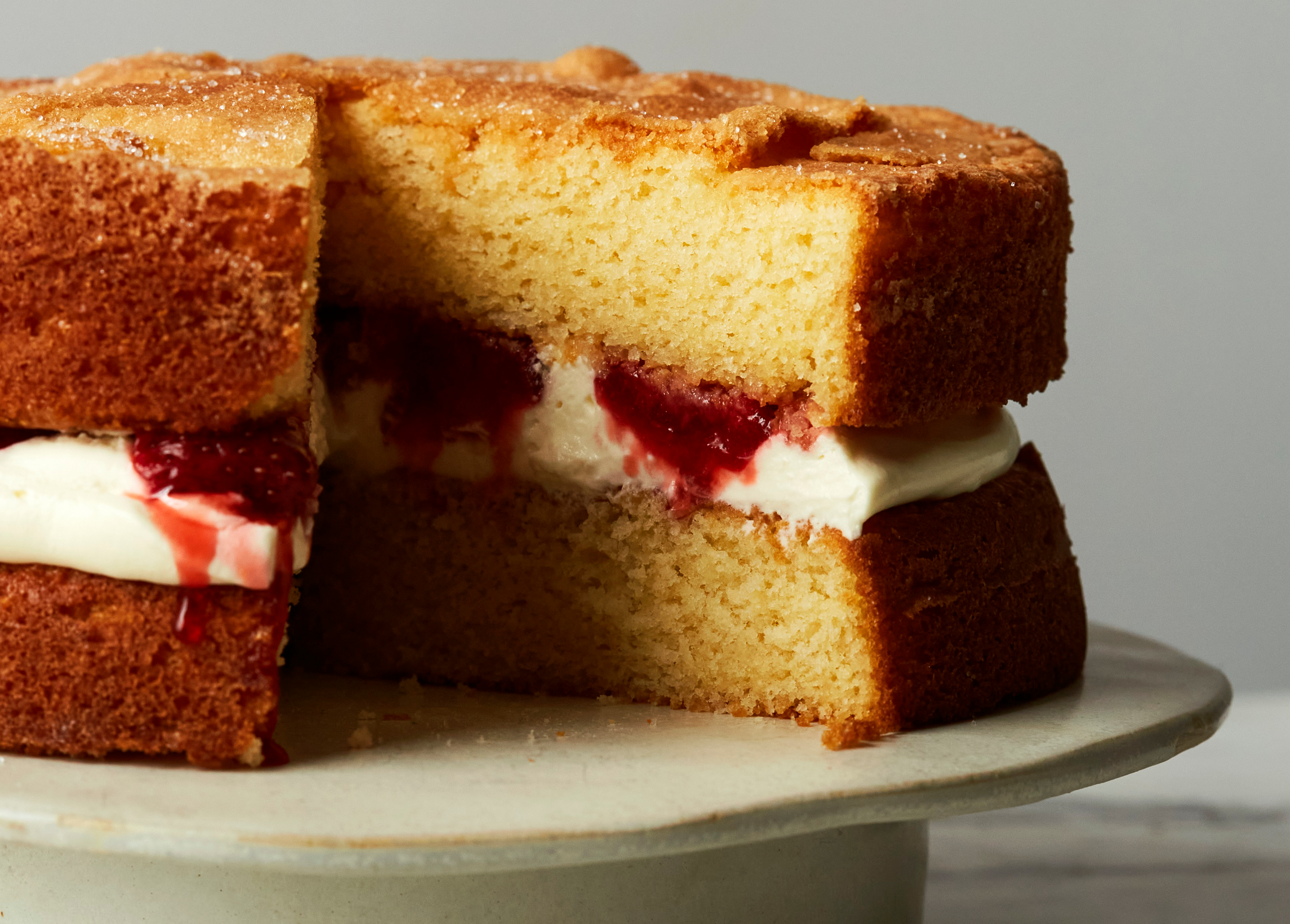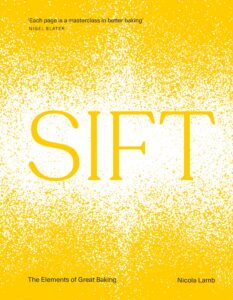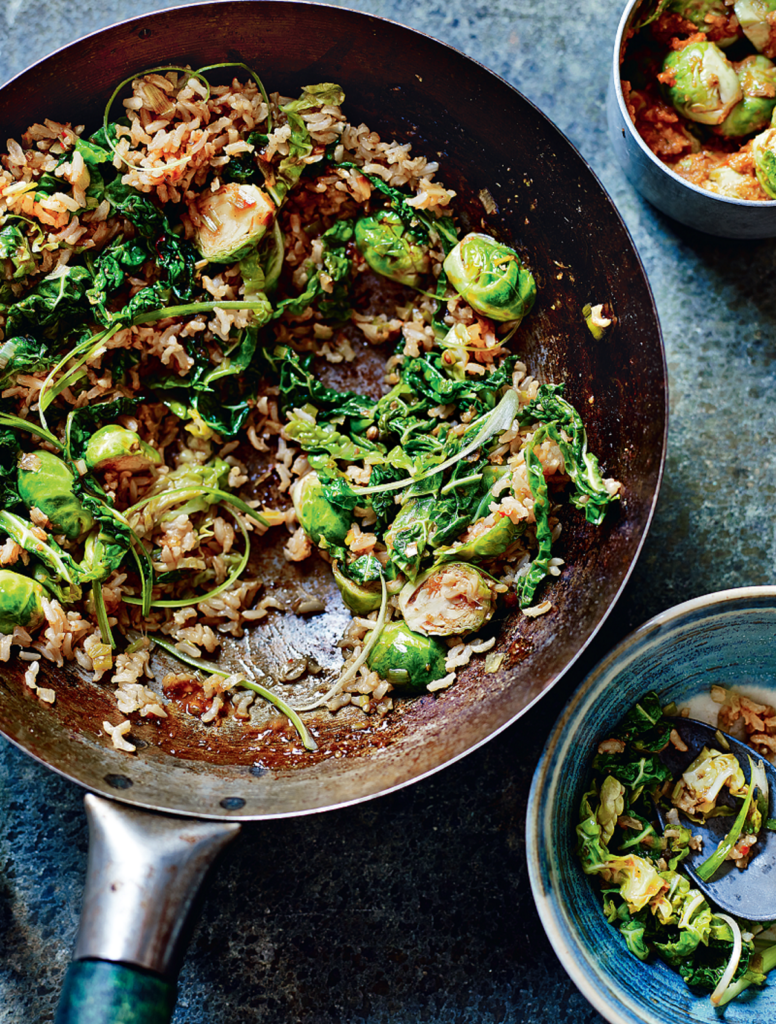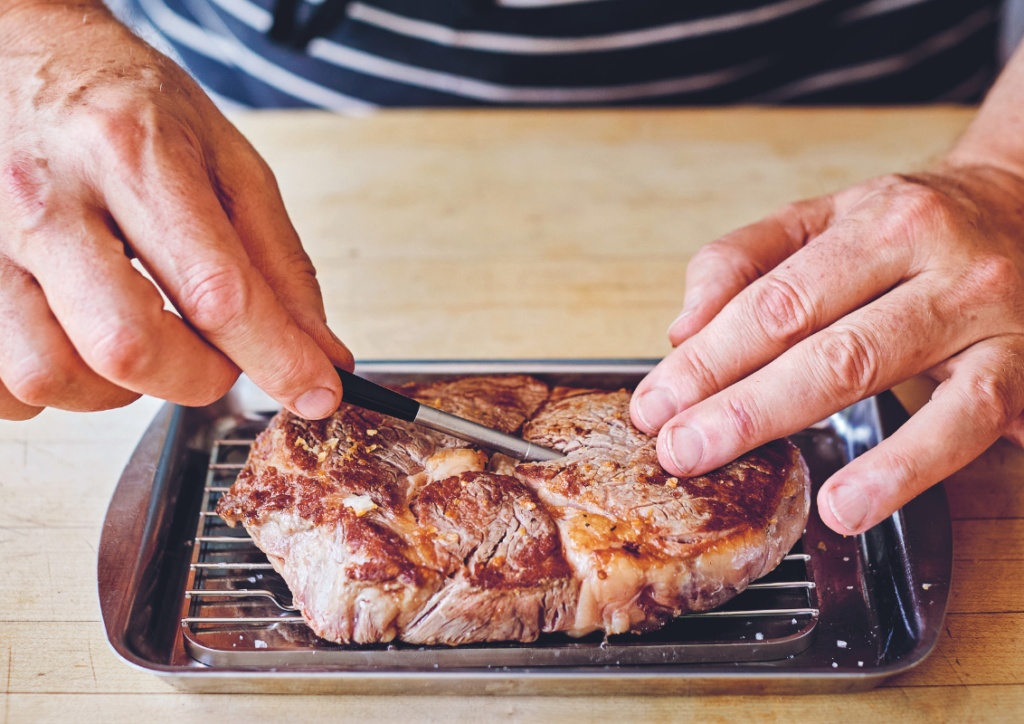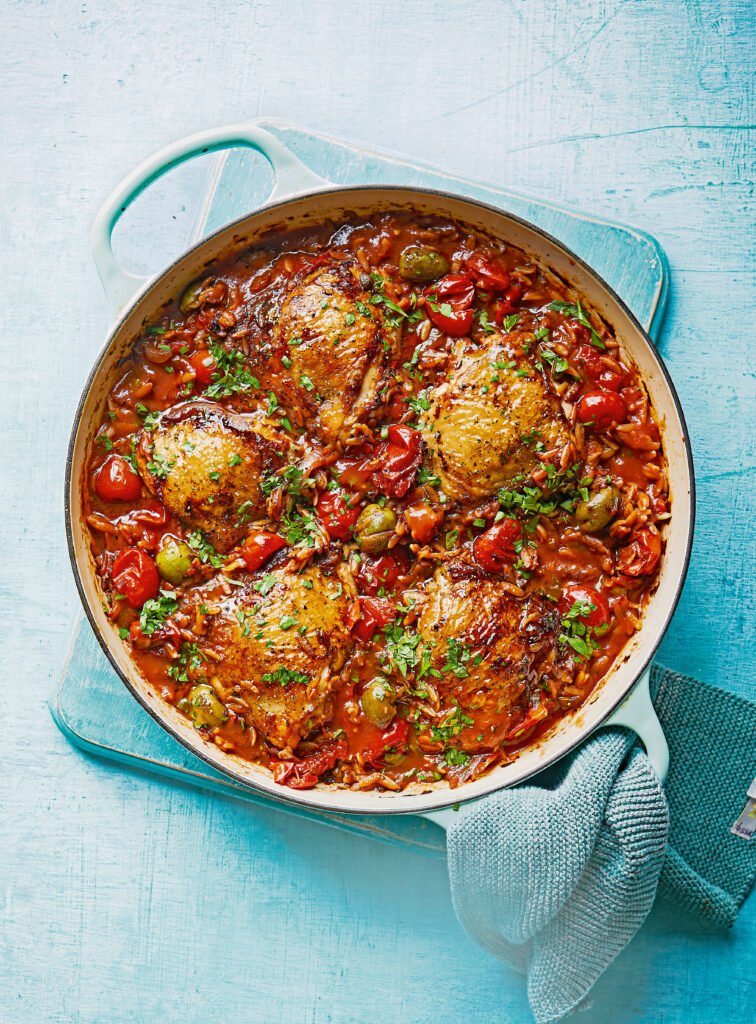Welcome to Baking Basics, a new column penned by Nicola Lamb, author of SIFT: The Elements of Great Baking. This week we’re learning how to make the perfect sponge cake, using Nicola’s own recipe for the ultimate Victoria Sponge.
Eggs, Fat, Flour and Sugar. Isn’t it extraordinary that this combination of ingredients, in equal measure, results in cake? It makes me think that cake was fate – the universe put it right in front of us!
But before we give all the credit to nature, there was a bit of human intervention to get it to the airy, spongey slice we know today. In 1843, the chemist Alfred Bird developed a formula for baking powder, a chemical leavener that makes our cakes rise. Until then, cakes had been leavened by eggs or yeast.
When cakes rely solely on eggs to rise, like a genoise, the fat ratio has to be relatively low to make the cake viable since fat can destroy delicate egg foams and make the batter too heavy. The arrival of this new chemical raising agent allowed a new type of cake to emerge: a more buttery and rich cake that gives buttery brioche a run for its money.
With baking powder, fat can be added in equal quantities to the other ingredients, resulting in a tender yet hefty sponge with a rich, flavourful crumb. Bird’s invention coincided with Queen Victoria’s reign, hence the name ‘Victoria Sponge.’
How to make the perfect Victoria Sponge
Although equal parts butter, sugar, flour and eggs make for a beautiful cake… can we do better? I put it to the test, adjusting each ingredient to work out precisely what each one is responsible for. After making over 30 versions, I learned exactly which levers to adjust to make my dream cake. Here’s what I found out:
FAT: More fat, whether in the form of cream, yolks or butter, gives you a finer crumb and slightly less rise. Oil gives you a softer cake and can be used with butter, which has a better flavour.
SUGAR: More sugar results in a thicker crust – low-sugar cakes are less tender, but very sugary cakes are also dry. Going too dramatically in either direction is bad.
EGGS: Even without being beaten to a foam, eggs implicitly aid leavening – they provide hydration. As well as this, the proteins coagulate (harden) as they are heated and form a strong network with gluten, so they effectively ‘support’ themselves during a bake. A cake without enough eggs ends up with big holes in the structure. Yolks add rise, flavour and fat.
FLOUR: Increasing the flour results in a bready cake that rises tall but lacks flavour and tenderness. Decreasing the flour gives you a cake with a big hole in it – there are not enough structure-builders.
EXTRAS: Adding milk or more liquid makes the cake taller and more tender, though adding too much liquid has the opposite effect. More hydration = more water, which is converted to steam, implicitly helping the cake rise. However, too much hydration will result in a very tender but flat, low cake since there is insufficient structure to capture the steam.
RAISING AGENTS: Always weigh these carefully – too much will cause a complete explosion in the oven, while not enough will result in an incredibly dense cake.
MIXING METHOD: Creaming does help get air into the fat and sugar mixture and encourage a fluffy crumb, but creaming until the fat is bright white is not a good idea – too much air introduced at this stage can destabilise the recipe and result in sinking later on.
To bring this together in my perfect cake, which you’ll find below and in my new book SIFT: The Elements of Great Baking, I reduced the butter slightly and used double cream to increase the fat and moisture content and some extra egg yolks for richness, lift and colour. The result is a gorgeous, flavourful, rich cake that will be your new go-to Victoria Sponge.
More cake recipes you’ll find in SIFT
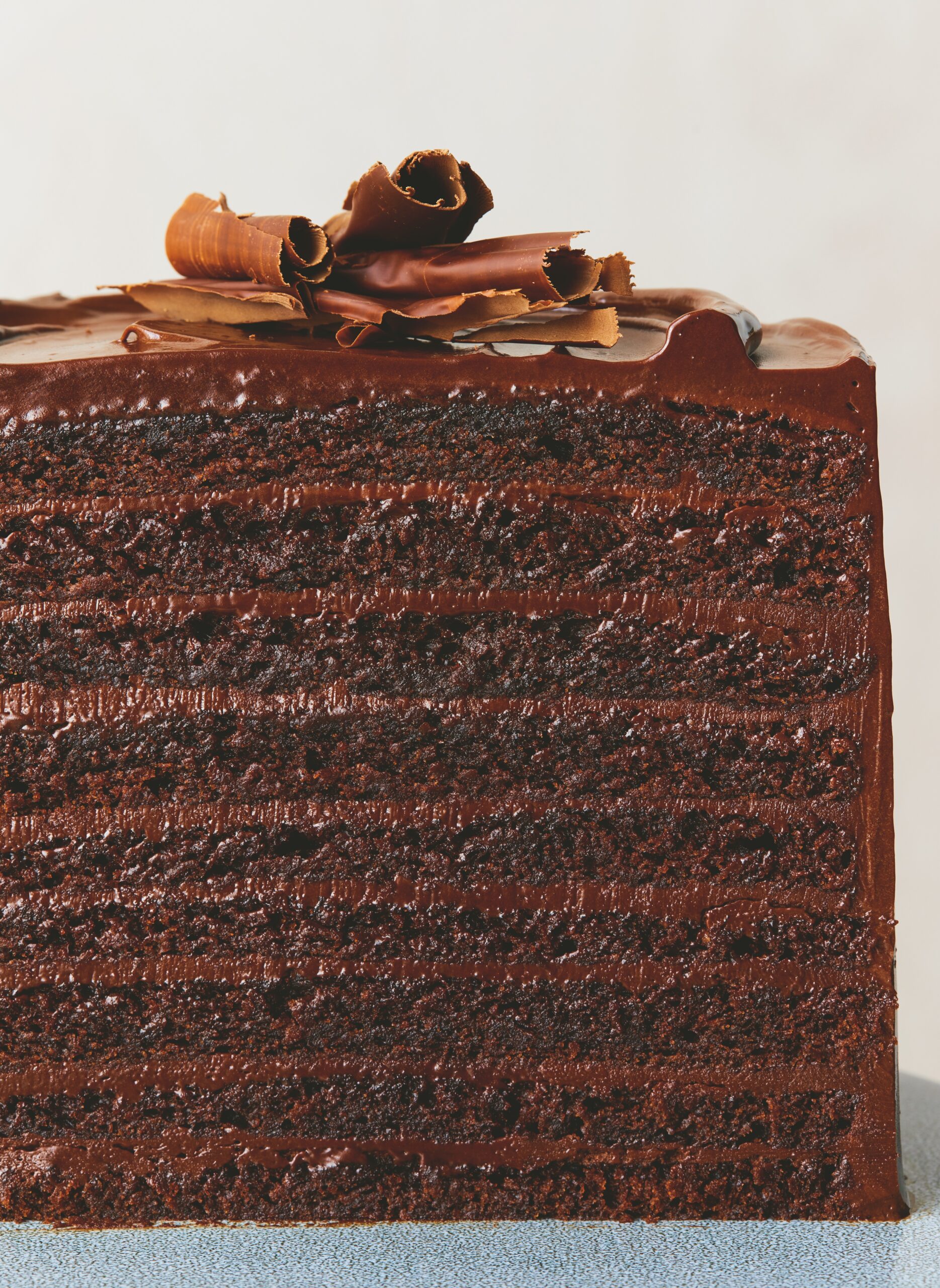
Ultimate Chocolate Cake
